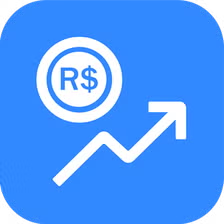Credit and Debit Cards: A Brief Overview
Credit and debit cards are plastic cards issued by banks or financial institutions that allow you to make purchases. Although they may look similar, the way they work is quite different.
Debit Cards
Direct Spending: Your debit card is linked directly to your bank account.
Real-Time Debit: When you use a debit card, money is deducted from your account instantly.
No Credit Limit: You can only spend what is in your account.
Credit Cards
Borrowing Money: A credit card lets you borrow money up to a certain limit.
Payable Credit: You can use your credit card to make purchases and pay the bill later.
Interest Charges: If you don’t pay the balance in full by the due date, you’ll be charged interest on the unpaid amount.
Rewards Programs: Many credit cards offer rewards such as cash back, points, or airline miles for using the card.
How It Works:
Swipe or Tap: When you make a purchase, you swipe or tap your card at a point-of-sale terminal.
Authorization request: The device sends a request to the card issuer’s network to authorize the transaction.
Verification: The issuer verifies your account details and available funds (for debit cards) or credit limit (for credit cards).
Transaction approval: If approved, the transaction is processed and the funds are debited from your account (debit card) or added to your credit card balance.
Security features:
Both credit and debit cards have security features to protect your money:
EMV chip technology: This chip adds an extra layer of security to personal transactions.
PIN: A PIN is required for some transactions, such as cash withdrawals.
Card security codes: These are card numbers that help verify your identity.
Fraud alerts: Banks and card issuers monitor for suspicious activity and alert you to potential fraud.
By understanding how credit and debit cards work, you can make informed decisions about how to use them and protect your money.

